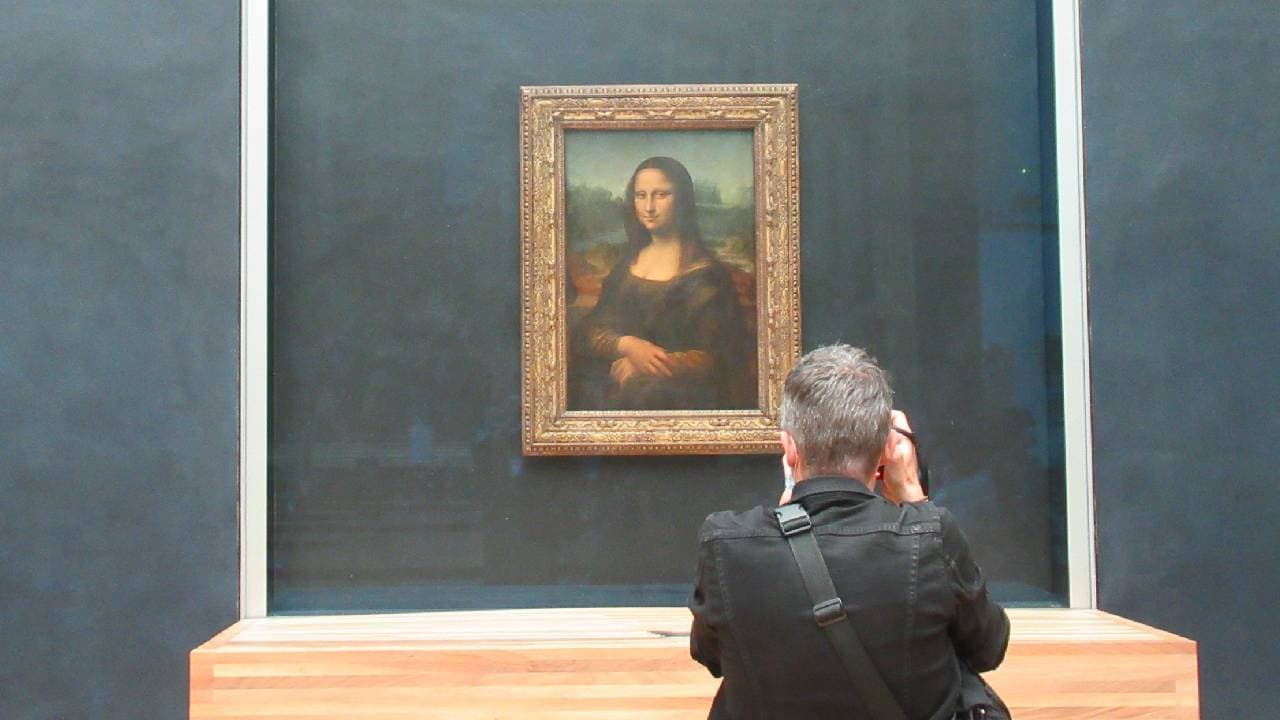At dawn, a thief with specialized expertise in alarm systems scaled scaffolding erected for museum restoration work. The “Salt Cellar,” a golden sculpture crafted by renowned Florentine artist Benvenuto Cellini in 1543 for French King Francis I, was his target. When the museum’s alarm systems activated, security personnel dismissed the alerts as false triggers, assuming the restoration work had inadvertently set them off. This critical error allowed the thief to escape with the Renaissance masterpiece. Three years after the theft, authorities discovered the sculpture almost completely intact, concealed in a crate buried in a forest northwest of Vienna. The breakthrough came when the thief, who had unsuccessfully demanded a €10 million ransom, surrendered to police. He was subsequently sentenced to five years imprisonment.
